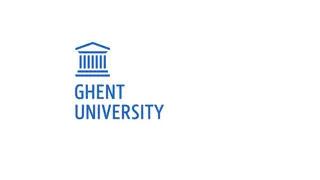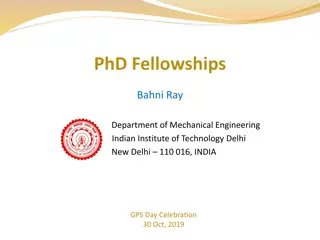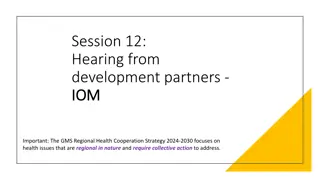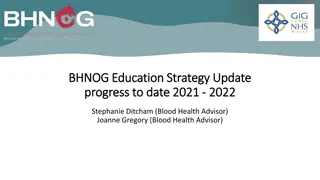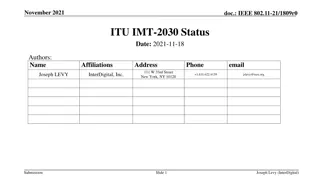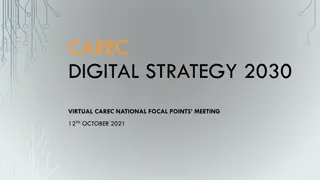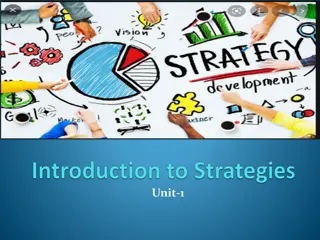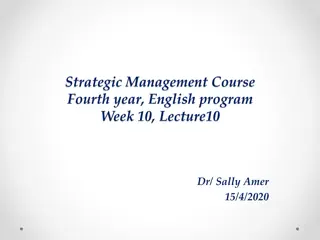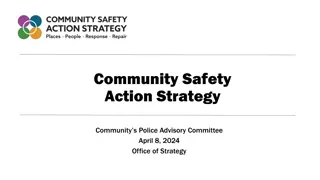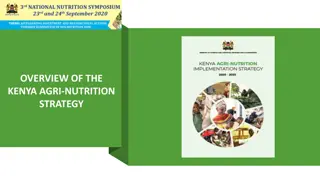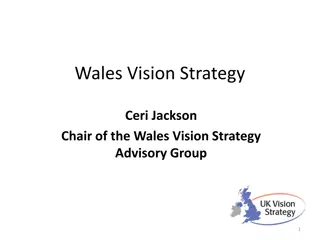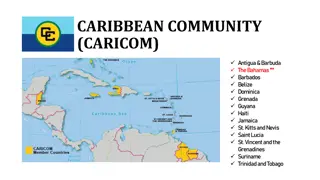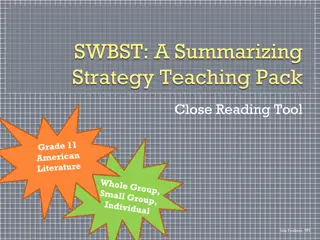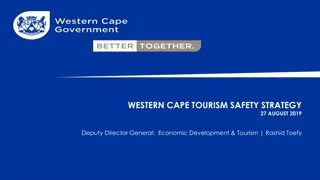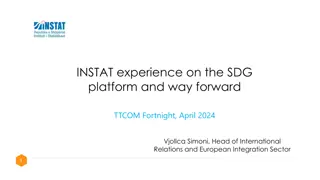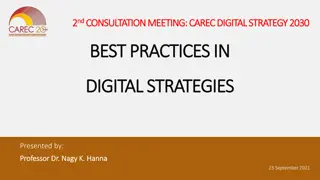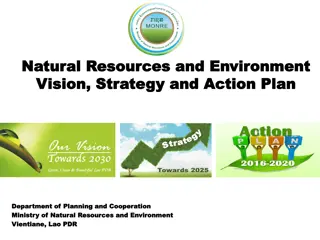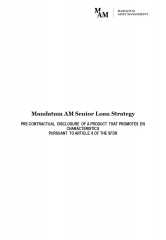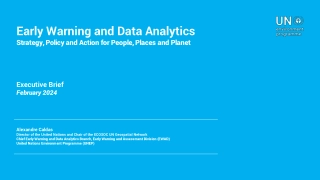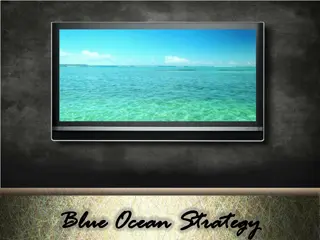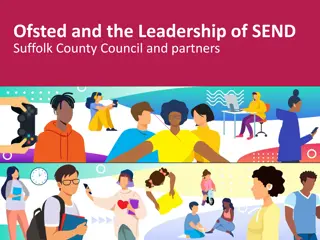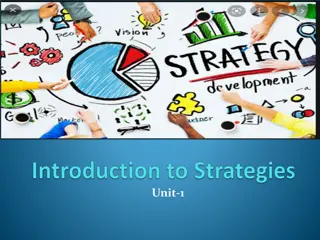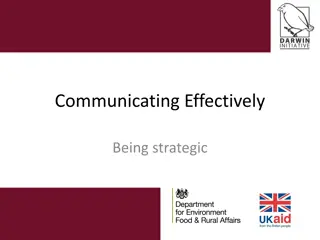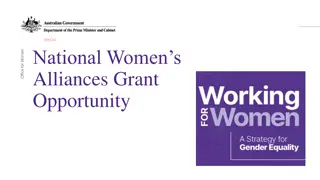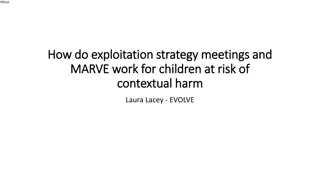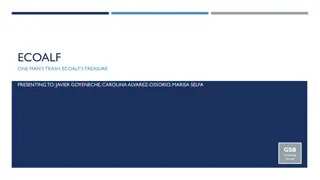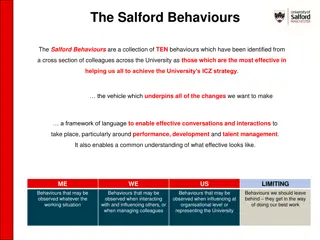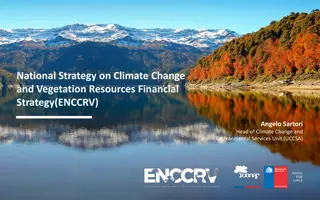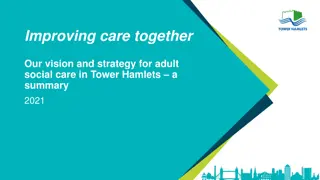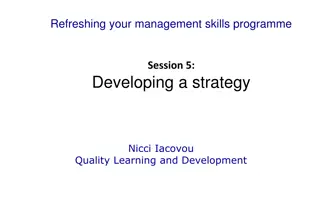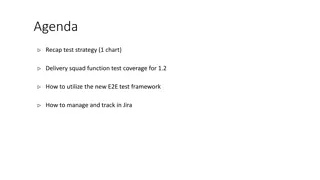ASEM Education Strategy 2030 Overview
The ASEM Education Strategy 2030 aims to establish a common vision for Asia-Europe collaboration in education. This strategy emphasizes inclusive and equitable quality education through partnerships and exchanges. The framework includes four strategic objectives focusing on enhancing connectivity, promoting lifelong learning, developing skills, and ensuring transparency. Key points include boosting mobility and exchanges, fostering skills and competences, and creating mutual understanding on recognition and quality assurance.
Download Presentation

Please find below an Image/Link to download the presentation.
The content on the website is provided AS IS for your information and personal use only. It may not be sold, licensed, or shared on other websites without obtaining consent from the author. Download presentation by click this link. If you encounter any issues during the download, it is possible that the publisher has removed the file from their server.
E N D
Presentation Transcript
ASEM Education Strategy 2030 Second Senior Officials Meeting (SOM2) 13 December 2021 Slide 1
ASEM Education Strategy 2030 Final Draft Important milestone in the history of the ASEM Education Process: first long term common vision Framework for collaboration with common objectives to encourage international exchanges, share good practices, help partners cope with similar issues and contribute to the Sustainable Development Goals (ASEMME7, Bucharest Statement) Participatory process (6drafts) Slide2
ASEM Education Strategy 2030 Vision and Mission Statement Reaffirm the ASEM Education Process as an advanced transregional dialogue and cooperation platform Develop the AEP as a platform to promote inclusive and equitable quality education and training through equal and mutually beneficial Asia-Europe partnerships, leveraged by people-to-people connectivity Through partnerships, exchanges and collaboration, ASEM Education partners and stakeholders will support the education sector to train individuals able to navigate through rapidly changing and increasingly complex societies and labour markets, while respecting national, regional and local education contexts and practices, as well as academic values. Slide3
ASEM Education Strategy 2030 Four Strategic Objectives Strategic Objective 1: Enhancing Connectivity between Asia and Europe by Boosting Inclusive and Balanced Mobility and Exchanges Strategic Objective 2: Promoting Lifelong Learning (LLL), Including Technical and Vocational Education Training (TVET) Strategic Objective 3: Fostering the Development of Skills and Competences Strategic Objective 4: Creating More Transparency and Mutual Understanding on Recognition, Validation and Quality Assurance Slide4
Strategic Objectives Enhancing Connectivity between Asia and Europe by Boosting Mobility and Exchanges 1 Promote mobility and meaningful exchanges in all forms (physical, blended, virtual) and in various contexts Virtual mobility and exchanges = complementary avenues for international collaboration More equitable access to mobility and exchange opportunities (SDG4) More balanced two-way mobility Slide5
Strategic Objectives Promoting Lifelong Learning Including TVET 2 LLL and TVET = crucial mechanisms to enhancing a employability throughout one s life Offer all learners education, training, upskilling and reskilling opportunities Collaborate with business and industry to design fit-for-purpose and qualitative curricula with a focus on flexible learning pathways Slide6
Strategic Objectives Fostering the Development of Skills and Competences 3 Importance of having a diverse set of knowledge and skills (e.g. transversal skills, digital skills, skills related to sustainable development) More learner-centred approach Skills for the future and the future of skills Slide7
Strategic Objectives Creating more Transparency and Mutual Understanding on Recognition, Validation and Quality Assurance 4 Trust and transparency on quality assurance systems, learning outcomes, credit systems, recognition and validation mechanisms, as well as qualifications frameworks of the two regions To stimulate cooperation and exchanges and the creation of flexible and diversified learning pathways Promote the use of existing instruments, (Global Convention on Recognition, Lisbon Recognition Convention, Tokyo Convention) Slide8
ASEM Education Strategy 2030 Six Instruments and Working Methods Slide9
Thank you for your attention Any questions, reactions or comments? Slide10


